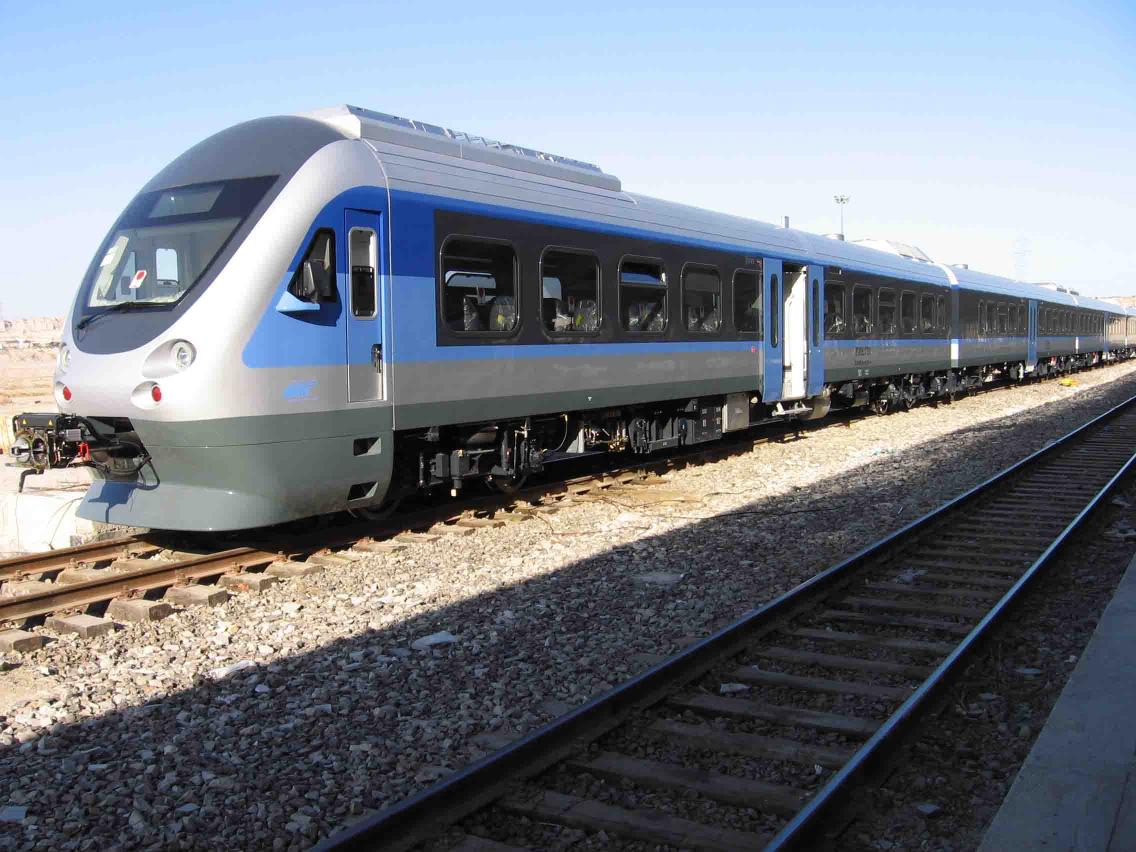Amid a severe shortage of government resources and domestic private sector capital, foreign direct investments are needed to expand Iran’s railroad infrastructure.
Although a developed railroad infrastructure is crucial for all countries, Iran has failed to expand its railroads in line with growing demand despite having an 80-year-old rail network.
Financial Tribune’s sister newspaper Donya-e-Eqtesad reviews the current status of Iran’s railroad sector and projects that the government has lined up for implementation using FDIs.
In the last Iranian year (ended March 20), Iran used its network of 10,376-km-long railroads to transport 34.9 million tons of freight and 24.8 million passengers. Those figures put the country at the 31st place globally in terms of freight transport (after Morocco and before Japan), and 29th in terms of passenger transport (after the US and above Japan).
In view of Iran’s large population, vast area, substantial natural resources and enormous economic capacities, which necessitate well-developed transport infrastructures, the rankings fail to impress.
Iran is the 18th largest country in the world with the 17th biggest population. Nonetheless, many experts believe that due to its geographical characteristics, including deserts, mountain ranges and scattered economic hubs, Iran should consider expanding its rail network far above the international standards.
Furthermore, besides expanding the rail network, its railroads, freight and passenger cars, locomotives and railroad stations should also be upgraded.
Tehran Railroad Station, for instance, is in dire need of an upgrade based on latest technologies.
The French architectural firm AREP has reportedly stepped in to invest €8 million to restore, upgrade and develop the station to increase its capacity to handle more passengers and host the latest generations of high-speed trains.
The upgrade focused on preparing to link the station to a 410-kilometer high-speed railroad connecting Tehran to the city of Isfahan in central Iran.
The government, according to the deputy minister of roads and urban development, Ali Nourzad, is in the final stages of signing a contract with a Chinese company called CRED to establish the railroad that needs €2.7 billion in investment.
The French company has also agreed to revamp a train station in the holy city of Qom, which is a middle-point on Tehran-Isfahan route that attracting a large number of passengers.
Another Iranian mega-project, which is planned to be developed through FDI, is the Silk Road railroads that connect Iran, Turkmenistan and Kazakhstan with the aim of increasing the freight transport capacity to 10 million tons from the current 3 million tons, according to Kazakhstan’s President Nursultan Nazarbayev.
The railroad, which links Iran’s northern neighbors to Persian Gulf free waters and enables them to do trade with countries such as India and China through Iran’s northern ports, is part of the North-South Transport Corridor project connecting Central Asia to northern Europe.
The railroads, which span over 140 kilometers in Kazakhstan, 700 kilometers in Turkmenistan and 85 kilometers in Iran, are planned to link up with the rail networks of Afghanistan and Tajikistan.
The project is estimated to reduce 10,000 kilometers from the current transit pathways between Europe and Central Asia, and also cut seaborne transit distance by 600 kilometers.
During a recent visit to Yerevan, Iran’s First Vice President Es’haq Jahangiri met with top Armenian officials to discuss pushing forward with the Armenia-Iran Railroad–an ongoing project that seeks to connect the two countries through Armenia’s mountainous Syunik Province bordering Iran. It will create the shortest transit corridor from the ports of Black Sea to the ports of Persian Gulf.
In addition to railroads, Iran plans to raise funds for the procurement of 618 locomotives worth $1.7 billion with an estimated capacity of 99 million ton-kilometers per year.
Acquisition of 1,558 passenger cars worth $1.2 billion with a capacity of 17 million passengers per year and 28,500 freight cars with an estimated capacity of 45 million ton-kilometers per year are other development plans in need of foreign capital.
The government is also planning to complete many unfinished rail projects with the help of international investors.
A 644-kilometer Shiraz-Bushehr railroad costing $1.2 billion, a 1,123-kilometer route connecting Zahedan-Birjand route to Bafq-Mashhad railroad requiring $2.2 billion, a 152-kilometer Rasht-Astara railroad project needing $179 million and many other rail projects, which altogether require investments worth $1.5 billion, are among unfinished rail projects.


